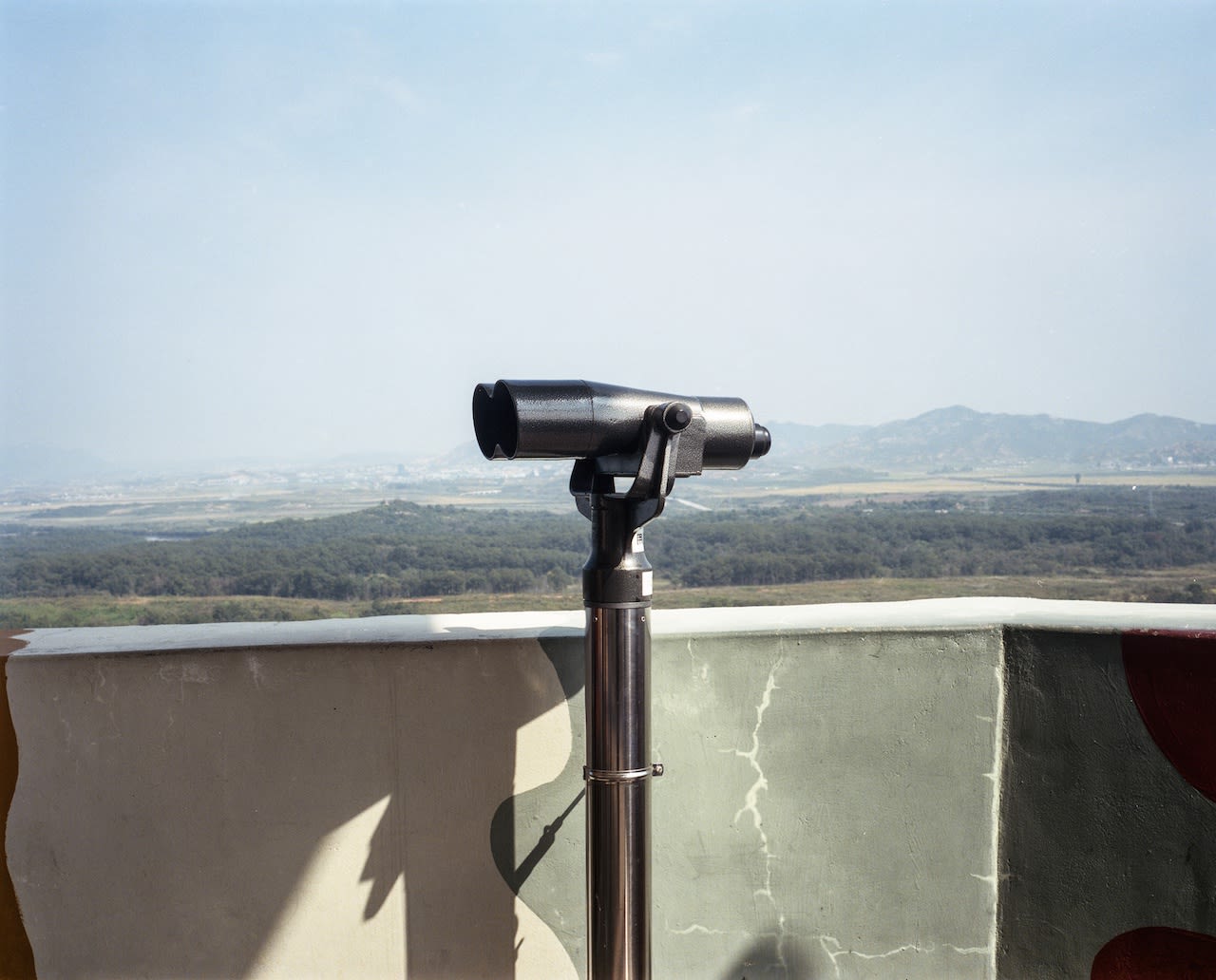Using a combination of original shots, archival imagery, and found text, Herman Rahman traces the limits of both a secretive state and photography.
“There is a term to describe the cultural ache that Koreans go through: Han. A complex intermingling of historical, collective and personal sorrow, acceptance of a bitter present, and a hope of a better future.” Introduced to the term by a North Korean defector, Herman Rahman decided to adopt it as the framing concept for his project of the same name.
Han traces the collective history of the notoriously closed regime of the Democratic People’s Republic of North Korea, relying largely on archival imagery and found text to probe at the borders of a near-impenetrable subject. The work is an interrogation, not only of the secrecy of the North Korean state, but also of the nature of photography itself.
The impetus for the project came from the 24-year-old’s reflections on image-sharing, and the way that pictures can circulate internationally without restriction – in most of the world. “Where in the world does this image-reliant, postmodernist network we have created for ourselves not reach into? North Korea,” Rahman concluded.
A series of images of binoculars shot on a trip to the Korean Demilitarised Zone, the strip of land between North and South Korea, became a personal turning point. “Binoculars are known as a tool for sight and clarity, but there is no sense of clarity when it comes to North Korea because we have not constructed that sort of narrative yet,” he says. “We don’t see much, and we don’t know much.”

Rahman decided against entering North Korea to take photographs, though, as he didn’t want to sumbit to the strict control image-making is put under there. “The spectator, the tourist, then becomes an actor within the laws of the state,” he says.
Rahman, who recently graduated from the London College of Communication, continues in the tradition of research-led, conceptual image-making which makes heavy use of text, citing Taryn Simon, Alfredo Jaar and two years spent assisting Broomberg & Chanarin as formative influences. “Most of the artists that I’m drawn towards are politically affiliated,” he insists. “They are investigating structures and modes of power, and power’s ability to inflict violence and suffering on a large scale.”
Having grown up in conservative Singapore, Rahman realised that the DPRK presented him with an opportunity to experiment with ways of visualising freedom and its curtailment. Despite its inherent difficulties and already extensive scope, the work is ongoing: “This might all be futile, but if not for the betterment of my own self- understanding, perhaps people might leave seeing the work having learned something.”

